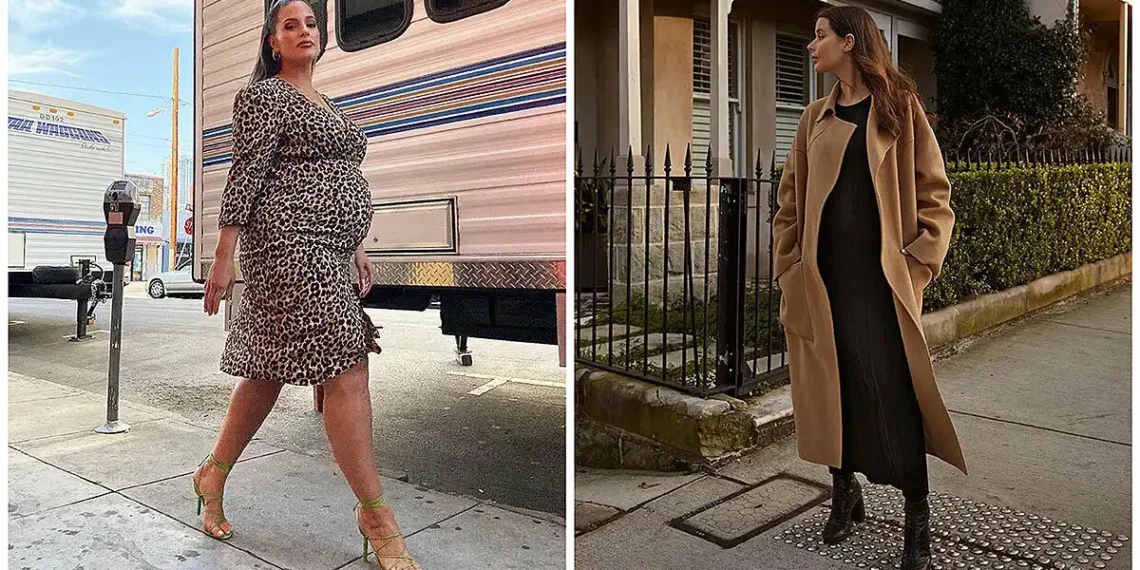Pregnancy is a transformative journey that brings about various changes in a woman’s body, from the physical to the emotional. One aspect that often sparks debate is whether wearing heels during pregnancy is safe or not.
Here are six real facts that can help you make an informed decision about wearing heels during pregnancy:
1. Shift in Center of Gravity
During pregnancy, the body undergoes significant changes, including weight gain and a shifting center of gravity. Wearing heels can exacerbate this shift, increasing the risk of falls. Opting for lower, wider heels or stylish flats can provide more stability and reduce the likelihood of accidents.
2. Edema and Swelling
Swelling, especially in the feet and ankles, is a common woe for pregnant women. Heels can contribute to edema by restricting blood circulation. Opting for comfortable, supportive shoes with proper arch support can help alleviate swelling and provide relief during this crucial time.
Read Also: 8 Foods To Help Heal Arthritis Faster
3. Balance and Posture Challenges
Pregnancy often alters a woman’s balance and posture due to the growing belly and changes in the spine. Wearing heels can intensify these challenges, leading to discomfort and an increased risk of tripping. Choosing shoes with a lower heel and a broader base can help maintain better balance and reduce strain on the back.
4. Foot and Joint Discomfort
The hormonal changes during pregnancy can affect the ligaments, making them more lax. Heels, especially high ones, can strain the joints and exacerbate discomfort. Opting for shoes that provide proper support can mitigate this strain, offering comfort without compromising on style.
5. Risk of Falling
Pregnancy already increases the risk of falling due to changes in balance and coordination. Wearing heels adds another layer of risk, making it important to prioritize safety. If you can’t resist the allure of heels, consider lower options and ensure they have a non-slip sole to reduce the risk of accidents.
6. Pressure on Pelvic Floor
As the uterus expands during pregnancy, it exerts pressure on the pelvic floor muscles. Wearing heels can amplify this pressure, potentially leading to discomfort or exacerbating existing issues. Choosing shoes with a lower heel or opting for supportive flats can help alleviate some of this pressure.
In conclusion, while wearing heels during pregnancy may not be entirely off-limits, it’s crucial to prioritize comfort and safety. Opt for footwear that provides support, stability, and accommodates the changes your body is going through. Remember, fashion and comfort can coexist, ensuring you look stylish without compromising the well-being of both you and your baby. Always consult with your healthcare provider for personalized advice based on your specific pregnancy conditions.










